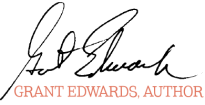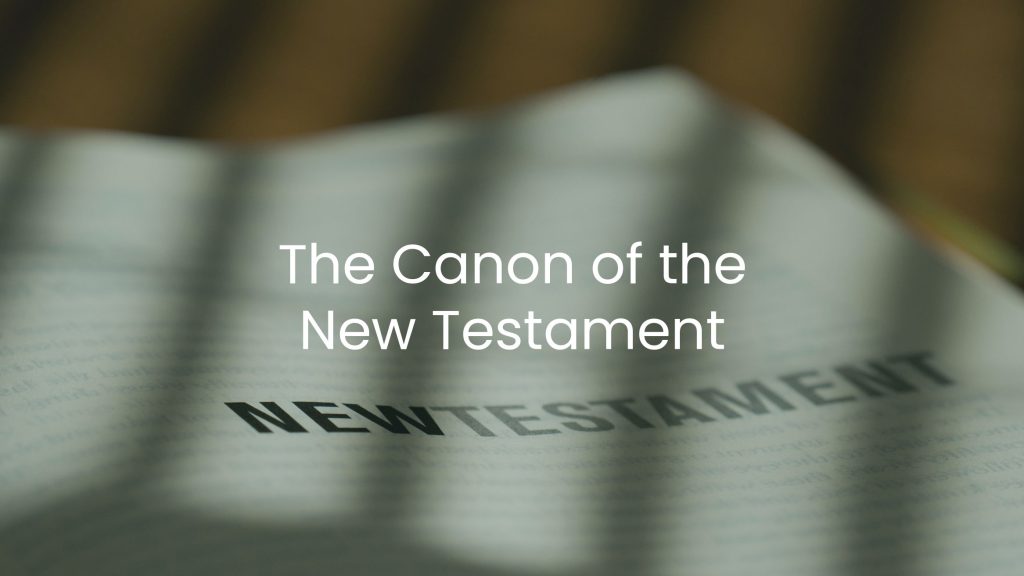|
Getting your Trinity Audio player ready...
|
“Canon,” a word from the Greek, originally meant “measuring reed” but developed to mean “standard” during the canonization process of the New Testament.
We didn’t receive the New Testament through God’s appearance in a cloud of glory during an early church council, holding a quill in His hand, then writing the names of the 27 books on a piece of parchment, and commanding, “Use only these books in the New Testament.”
The writing and collection of the New Testament involved humans, as the Apostle Peter described this process …
And we have the prophetic word more fully confirmed, to which you will do well to pay attention as to a lamp shining in a dark place, until the day dawns and the morning star rises in your hearts, knowing this first of all, that no prophecy of Scripture comes from someone’s own interpretation. For no prophecy was ever produced by the will of man, but men spoke from God as they were carried along by the Holy Spirit (2 Peter 1:19-21, ESV).
We learn from Peter that our New Testament had a divine source — the Spirit working through men. These men were “carried along” by the Spirit through their individual personalities, circumstances, and unique writing styles, allowing the Spirit to use the unique abilities of each author. For example, Paul’s theological mind in the Book of Romans or the aged Apostle John penning the last chronologically written books of the New Testament (the Gospel of John; 1, 2, and 3 John; and the Book of Revelation) with a wizened authority because of his age.
With the New Testament books all written in the first century, a process began of formalizing the Canon in the second century. The need was obvious, as during the lifetimes of the Apostles and their immediate disciples, they could simply be asked which book was authoritative. But with their deaths, other spurious writings began appearing, claiming inspiration, causing confusion — and so a complete list became necessary.
As with the original inspiration of the books of the New Testament, the Spirit worked through men to discern the Canon using the criteria of …
- Books with authors who had a direct link to Jesus or one of the Apostles, the Gospel of Matthew (an apostle), the Gospel of Luke (he traveled with Paul), or the epistle of James (the Lord’s brother).
- Books that contained already accepted theological truths.
- Books universally accepted by churches.
The canonization process didn’t bestow inspiration on the 27 books of the New Testament but sought to discern which books were inspired by the Spirit of God.
A few notes on the Canon of the New Testament …
- In the second century, all the books of the New Testament were already written and circulated in churches with a growing consensus of their integrity and inspiration.
- In the second and third centuries, other helpful books were written (like the Shepherd of Hermas) that were considered valid but not inspired.
- In A.D. 367, Athanasius was the first known writer to list the books found in the New Testament today, and the Council of Carthage confirmed this list in A.D. 397.
Quite a process and room for doubters to throw naysaying stones. But there is also plenty of existing historical evidence supporting a careful and prayerful selection process that yielded the New Testament that we read today.
Personally, of all 27 books, I like the Gospel of John first, the Book to the Romans second, and the Epistle of James third — but that’s me, and my list is certainly not inspired.

